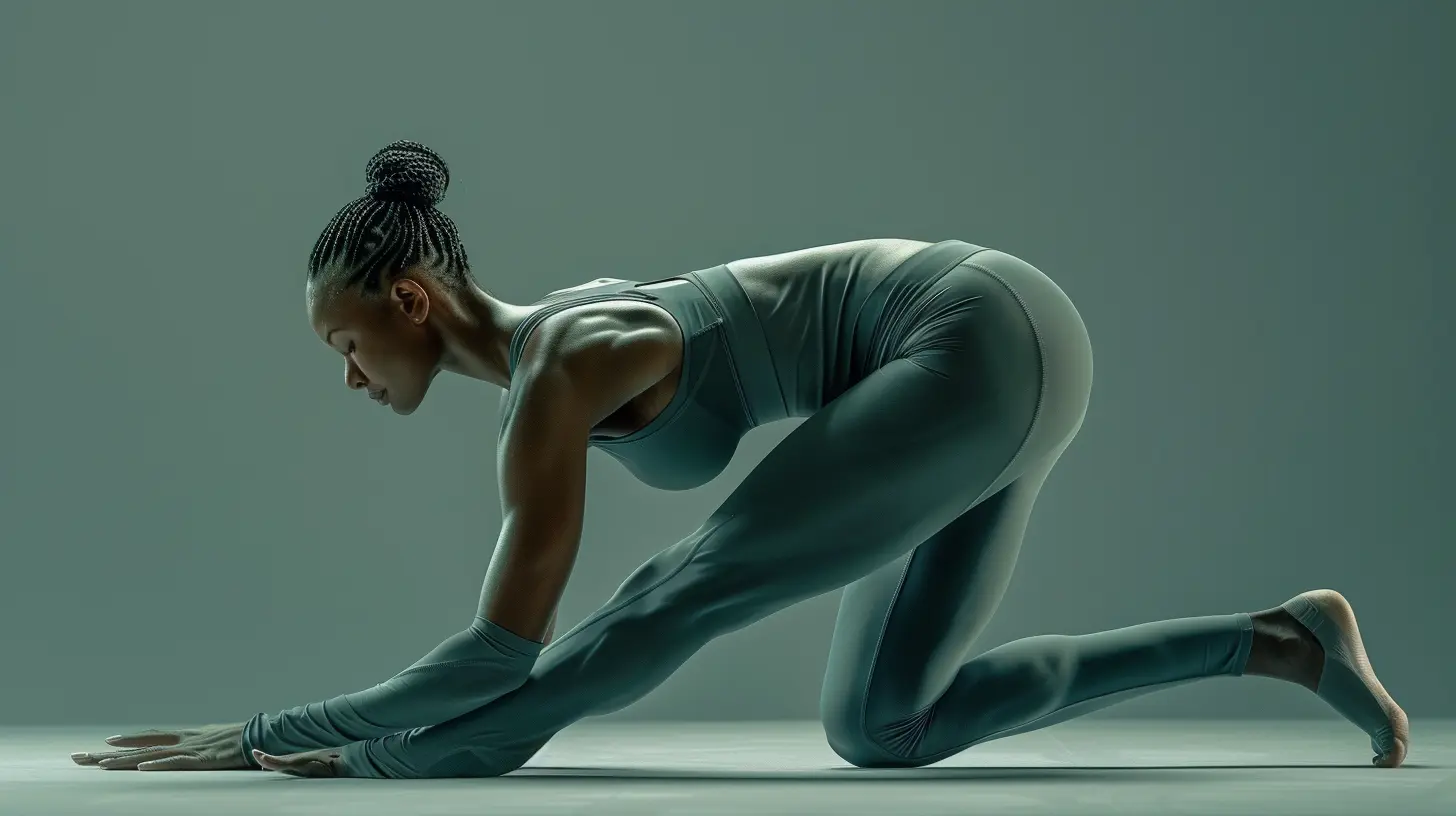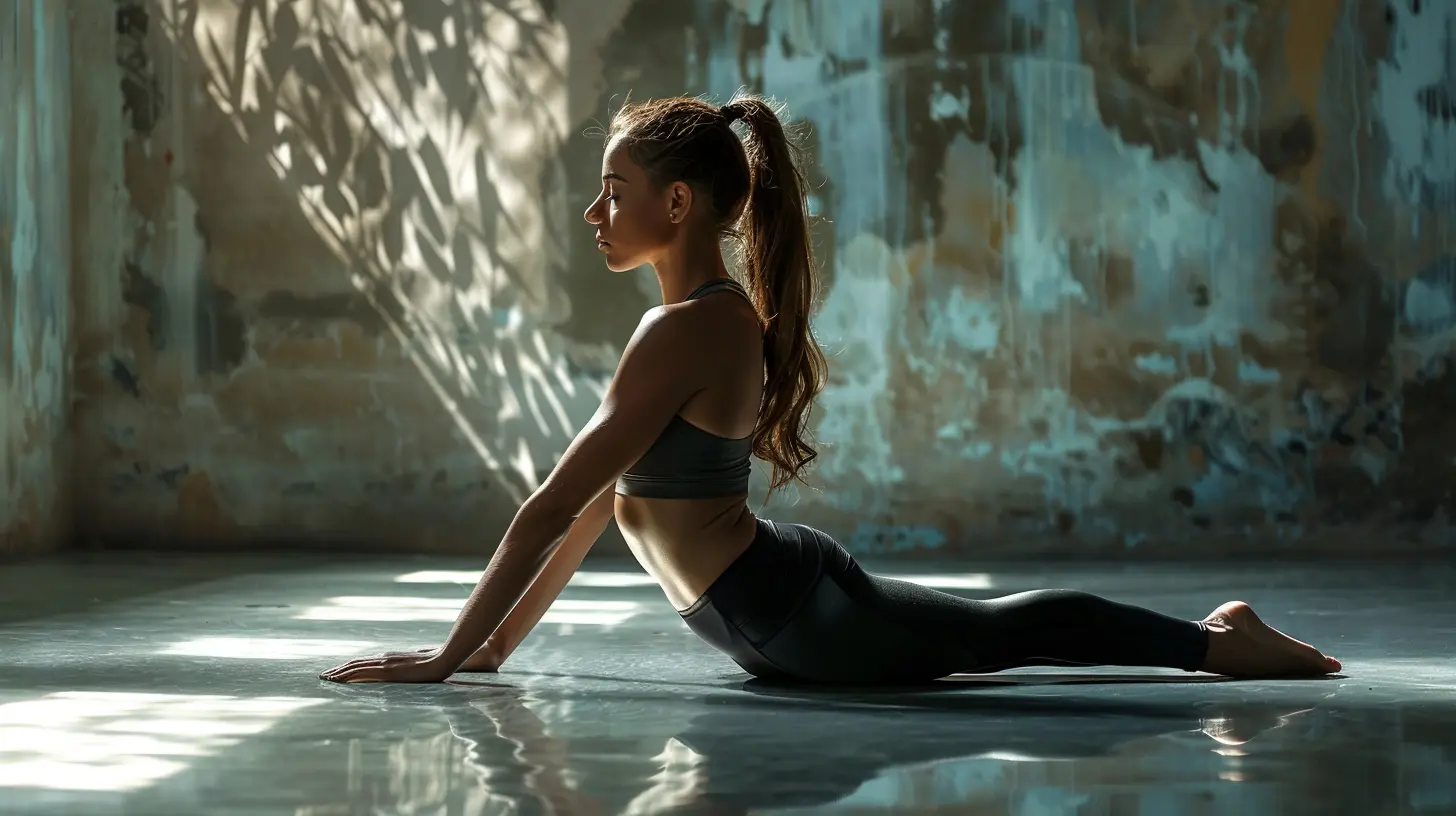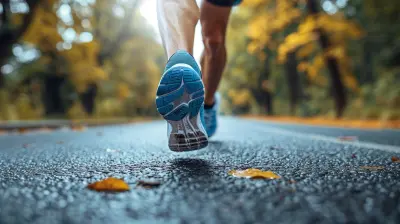How Static Stretching Can Enhance Your Workout
23 May 2025
When it comes to working out, most people focus on lifting heavier weights, running faster, or mastering that next big move. But what about stretching? Specifically, static stretching? It’s often overlooked, but it plays a crucial role in improving your workout performance, increasing flexibility, and preventing injuries.
If you’ve ever been told that static stretching is just a warm-up routine or, even worse, a waste of time, think again. Let’s dive deep into how static stretching can enhance your workout and why you should start incorporating it into your fitness regimen today.

What Is Static Stretching?
Before we get into the benefits, let's clarify what static stretching actually is.Static stretching involves holding a stretch in a fixed position for an extended period—typically 15 to 60 seconds. Unlike dynamic stretching, where you move continuously, static stretching requires you to stay still and focus on lengthening a specific muscle group.
Think of it like pulling a rubber band and holding it at its maximum stretch—this helps loosen the muscle fibers and improve overall flexibility.

The Benefits of Static Stretching
Now that we know what static stretching is, let’s talk about the benefits.1. Increases Flexibility
Flexibility is a key component of overall fitness. The more flexible you are, the better your range of motion, which means you can perform exercises more efficiently.For instance, if you struggle with deep squats, tight hips could be the culprit. Regular static stretching can help loosen up those stiff muscles and make your movements smoother and more effective.
2. Reduces Muscle Stiffness and Soreness
Ever hit the gym hard and wake up the next day feeling like you've been hit by a truck? That soreness is due to microscopic muscle damage (which is normal). Static stretching helps by increasing blood flow to those muscles, promoting quicker recovery, and reducing stiffness.3. Prevents Injuries
Injuries are a real workout killer. Nothing slows progress faster than a pulled muscle or a sprained joint. Static stretching helps reduce the risk of injuries by improving muscle elasticity.When your muscles are tight, they're more prone to strains and tears. Stretching regularly keeps them pliable and ready for intense movements.
4. Improves Posture
If you spend most of your day hunched over a desk or looking down at your phone, chances are your posture needs some work. Static stretching can help counteract the effects of poor posture by lengthening tight muscles, particularly in your back, shoulders, and chest.Better posture doesn’t just make you look taller and more confident—it also prevents aches, pains, and long-term spinal issues.
5. Enhances Mind-Muscle Connection
One underrated benefit of static stretching is how it improves your mind-muscle connection. When you stretch, you’re actively focusing on specific muscles, which helps you become more aware of how your body moves.This awareness carries over to your workouts, making them more effective and helping you maintain proper form during exercises.

When to Do Static Stretching?
Many people believe that static stretching should be done before a workout, but research suggests it’s actually more beneficial after exercising. Here’s why:- Before a workout: Static stretching before a workout can temporarily reduce muscle strength and explosiveness, which isn't ideal if you're about to lift weights or engage in high-intensity training.
- After a workout: Post-workout static stretching helps relax your muscles, improve flexibility, and aid in recovery.
That being said, if static stretching helps you mentally prepare for a workout, doing it before exercise isn’t necessarily harmful—just keep it light.

Best Static Stretches to Do
Now that you know the benefits, let’s go over some of the best static stretches to add to your routine.1. Hamstring Stretch
How to do it:- Sit on the floor with one leg extended straight and the other bent so that the sole of your foot rests against your inner thigh.
- Reach forward toward your extended foot while keeping your back straight.
- Hold the position for 20-30 seconds and switch legs.
2. Quadriceps Stretch
How to do it:- Stand tall and grab your right ankle, pulling it toward your glutes.
- Keep your knees close together and your core engaged.
- Hold for 20-30 seconds, then switch legs.
3. Shoulder Stretch
How to do it:- Extend one arm across your chest.
- Use your opposite arm to pull it closer to your body for a deeper stretch.
- Hold for 20 seconds and repeat on the other side.
4. Hip Flexor Stretch
How to do it:- Start in a lunge position with one knee on the ground and the other foot forward.
- Press your hips forward while keeping your chest upright.
- Hold for 25-30 seconds, then switch legs.
5. Butterfly Stretch
How to do it:- Sit on the floor and press the soles of your feet together.
- Let your knees drop toward the ground while keeping your back straight.
- Hold the stretch for 20-30 seconds.
Common Mistakes to Avoid
Like anything in fitness, static stretching has its do’s and don'ts. Avoid these common mistakes to get the most out of your stretches.1. Bouncing While Stretching
Static stretching is about holding a position, not bouncing in and out of it. Bouncing can lead to muscle strain and even injury.2. Holding Your Breath
Many people hold their breath while stretching, but this actually causes tension in the body. Instead, focus on slow, deep breaths to help ease into the stretch.3. Forcing a Stretch
Stretching should never be painful. You should feel tension, but never sharp pain. If something hurts, ease up—pushing too hard can lead to injury.4. Skipping Stretches Entirely
It’s easy to want to bolt out of the gym once your workout is finished, but skipping static stretching means missing out on some serious benefits. Take a few minutes to stretch—you'll thank yourself later.
Final Thoughts
Static stretching isn't just an afterthought—it’s an essential part of any workout routine. It increases flexibility, prevents injuries, reduces soreness, and even improves posture. By incorporating static stretches into your cool-down, you’ll not only boost recovery but also enhance your overall performance in the long run.So next time you finish a workout, don’t rush out the door. Take a few minutes to stretch, breathe, and give your muscles the care they deserve. Your body will thank you for it!
all images in this post were generated using AI tools
Category:
StretchingAuthor:

Nelson Bryant
Discussion
rate this article
3 comments
Kova McFarland
Unlock hidden potential: static stretching whispers secrets to peak performance.
June 9, 2025 at 12:04 PM

Nelson Bryant
Thank you! Embracing static stretching truly reveals the often-overlooked benefits that can elevate overall performance.
Presley Castillo
Great insights! It’s encouraging to see how static stretching can truly benefit our fitness journey and recovery.
May 26, 2025 at 11:13 AM

Nelson Bryant
Thank you! I'm glad you found the insights helpful for your fitness journey. Stretching is indeed a key component of recovery and performance!
Shania McQuillen
Static stretching can improve flexibility and recovery, enhancing overall workout effectiveness.
May 25, 2025 at 8:47 PM

Nelson Bryant
Thank you for your comment! Indeed, static stretching plays a crucial role in improving flexibility and aiding recovery, ultimately enhancing workout effectiveness.



